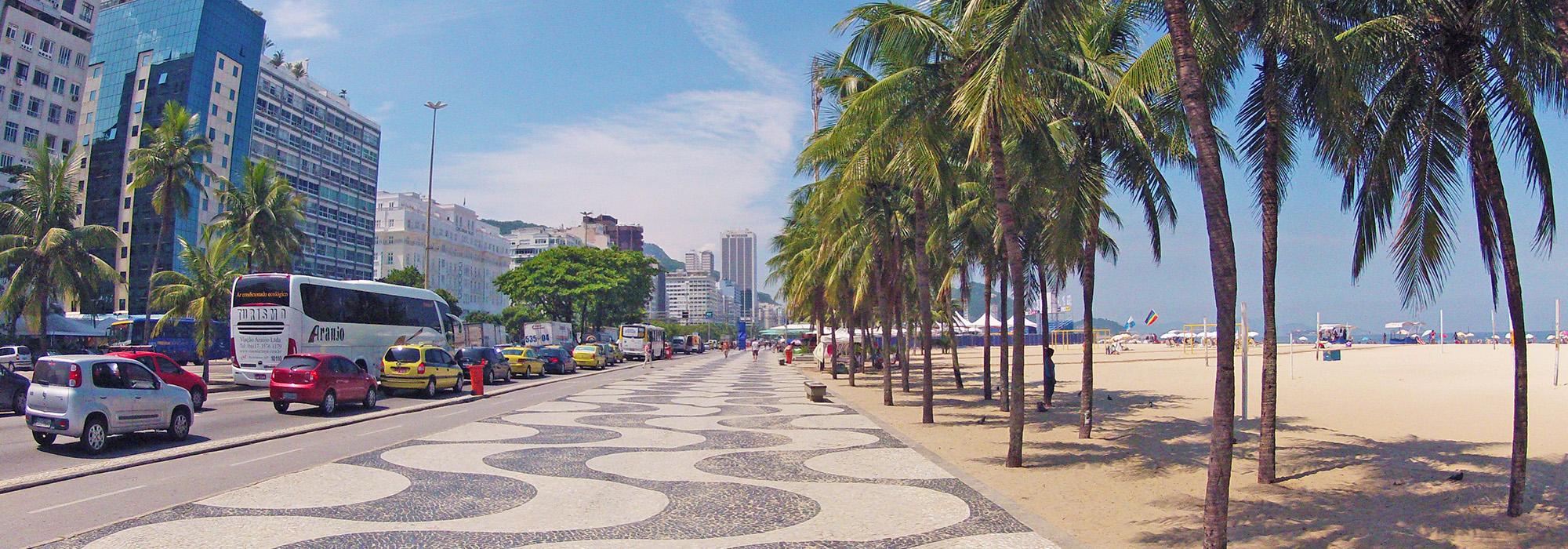Why Create the Cornelia Hahn Oberlander International Landscape Architecture Prize?
Since 1985, there have been some 350 recipients of the National Medal of Arts, the highest award bestowed on artists and arts patrons by the United States government, but only four landscape architects have received that honor: Ian McHarg (1990), Dan Kiley (1997), Lawrence Halprin (2002), and Laurie Olin (2012). The President of the United States awards the National Medal of Arts to individuals or groups who "are deserving of special recognition by reason of their outstanding contributions to the excellence, growth, support and availability of the arts in the United States."
It’s a great honor, but what does this do for both the longevity and impact of the honorees’ design legacy and, more broadly, for the art and profession of landscape architecture?
Not enough, it seems. Laurie Olin, in an atypically melancholy moment, recently said: “I may outlive my design legacy.”
To elevate the art and profession of landscape architecture, The Cultural Landscape Foundation (TCLF) has created the Cornelia Hahn Oberlander International Landscape Architecture Prize (“Oberlander Prize”). Like the Pritzker, the Praemium Imperiale, and other international prizes for architects and others, the Oberlander Prize will honor a living practitioner, collaborative or team for their creative, courageous, and visionary work in the field of landscape architecture. The Oberlander Prize is, however, more than an award and a black-tie dinner; it is a biennial examination of the state of landscape architecture through the lens of a specific practitioner or team, and it includes public engagement activities about this innately ephemeral art form.
In recent years, landscape architects have transformed the public realm with inspiring parks, promenades, and gardens in cities around the world. Concurrently, landscape architects are designing communities and creating integrated systems that address social, ecological, cultural, environmental, and other concerns, often within in the same project. These initiatives have spurred the ambition and imagination of design professionals, urban planners, municipal officials, and others to think more broadly and holistically and to strive for solutions that transcend individual objects and sites.
HISTORY
TCLF has been exploring avenues for creating the Oberlander Prize since 2014. In 2017 a $1 million donation was made by Joan Shafran, TCLF board co-chair, and her husband, Rob Haimes. That donation has been collectively matched by the rest of the 24-member board, including one $500,000 donation. Other supporters of TCLF have also committed to the Oberlander Prize, which requires a minimum threshold of $4.5 million in order to provide the $100,000, biennial award.
AN INSPIRATION
TCLF and its advisors examined several awards and prize programs in the design field as we prepared to frame and launch the Oberlander Prize. We drew inspiration from another relatively new international award, the Nasher Sculpture Prize, which provides a cash award and an extensive body of public engagement activities designed to highlight the work of the honoree and to look more broadly at the state of contemporary sculpture. The Nasher Prize is housed at, and is part of the programming of, the Nasher Sculpture Center in Dallas, Texas; Nasher officials were very generous with their knowledge. We also received advice and guidance from Martha Thorne, Executive Director of the Pritzker Architecture Prize, the world's most prestigious honor in that field.
PROGRAMMING
The Oberlander Prize will be administered by TCLF. Overseen by a dedicated, independent curator, the Oberlander Prize program will also be integrated with TCLF’s three core programming initiatives, What’s Out There®, Pioneers of American Landscape Design®, and Landslide®, all of which have received wide recognition and multiples honors:
• Pioneers Oral Histories – the honorees will be the subject of a video oral history focused on his/her/their biography, design philosophy, and built works. TCLF has produced fifteen oral histories to date, with practitioners in the United States, Canada, and Israel. The oral histories have received awards from the American Society of Landscape Architects and funding from the National Endowment for the Arts, along with other prominent funders;
• What’s Out There database – all of the honorees’ extant public works would be added to TCLF’s comprehensive, carefully vetted, and richly illustrated online database, which currently features more than 2,100 sites, 12,000 images, and 1,200 designer profiles;
• Landslide – this initiative focuses on threatened and at-risk landscapes and, more broadly, calls attention to the innate ephemerality of this art form and the need for well-informed stewardship. Each year TCLF issues a thematic Landslide report that is frequently accompanied by a traveling photographic exhibition. There are currently three Landslide exhibitions on tour nationally. All three exhibitions have been hosted by the National Building Museum in Washington, D.C. (two of them originated there): The Landscape Architect Legacy of Dan Kiley; The New American Garden: The Landscape Architecture of Oehme, van Sweden; and The Landscape Architecture of Lawrence Halprin. As part of the Prize programming, each honoree’s legacy will be evaluated for any threats that it faces, and a strategy for monitoring their design legacy will be developed;
• The Oberlander Prize will become the fourth major programming leg of TCLF. In addition, TCLF, which has organized dozens of conferences, symposia, and similar events, will organize public speaking programs involving each honoree, aimed at the general public as well as landscape architects and allied professionals (architects, planners, etc.), students, municipal officials, governmental decision-makers, and others. All of these efforts would be based in the geographic locales where the honoree’s design legacy is present, with free video simulcasts of the event to be made available thereafter on TCLF’s YouTube Channel. The conference/symposia talks, including one by the honoree, will be the subject of a richly illustrated publication.
Image Credit: Copacabana beach promenade, Rio de Janeiro, Brazil, 2013. Designed by Roberto Burle Marx, 1970. Photo Allan Fraga. Learn why we chose a work by this landscape architect.




